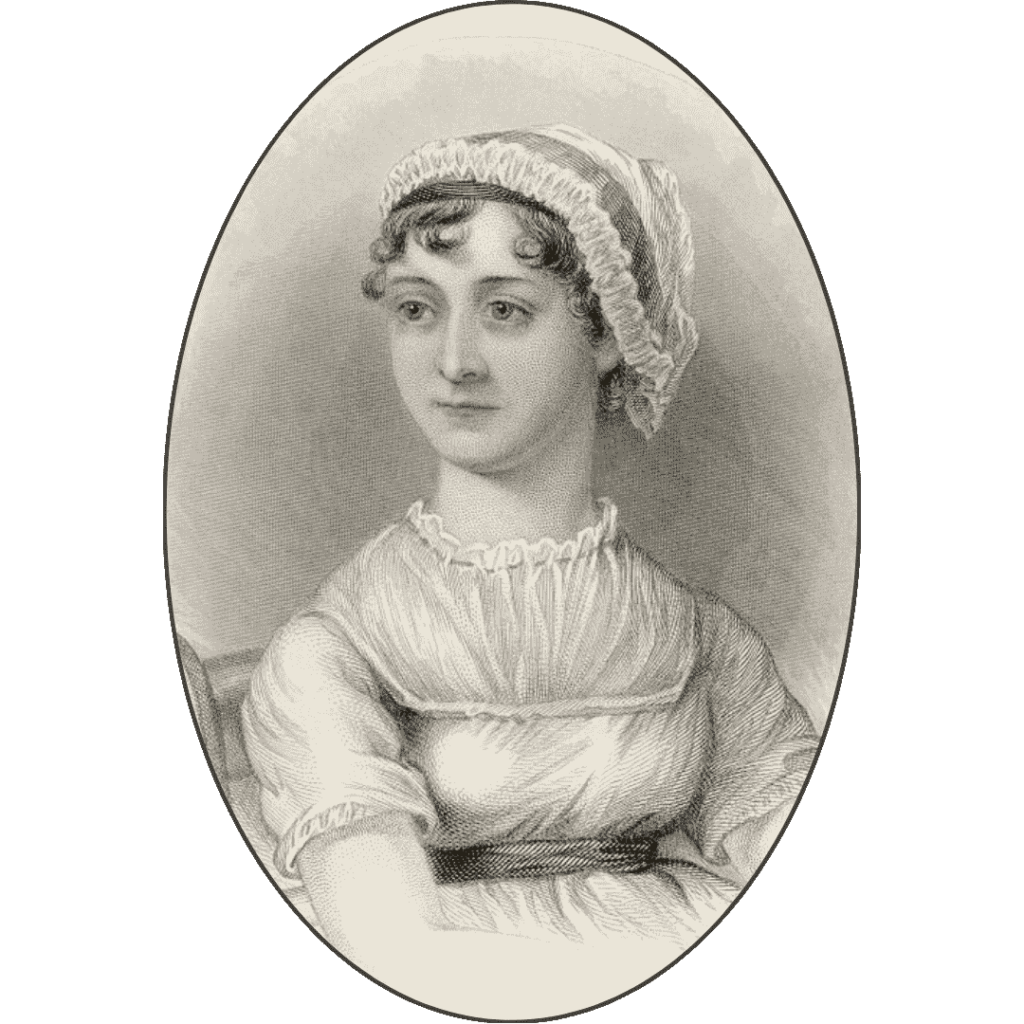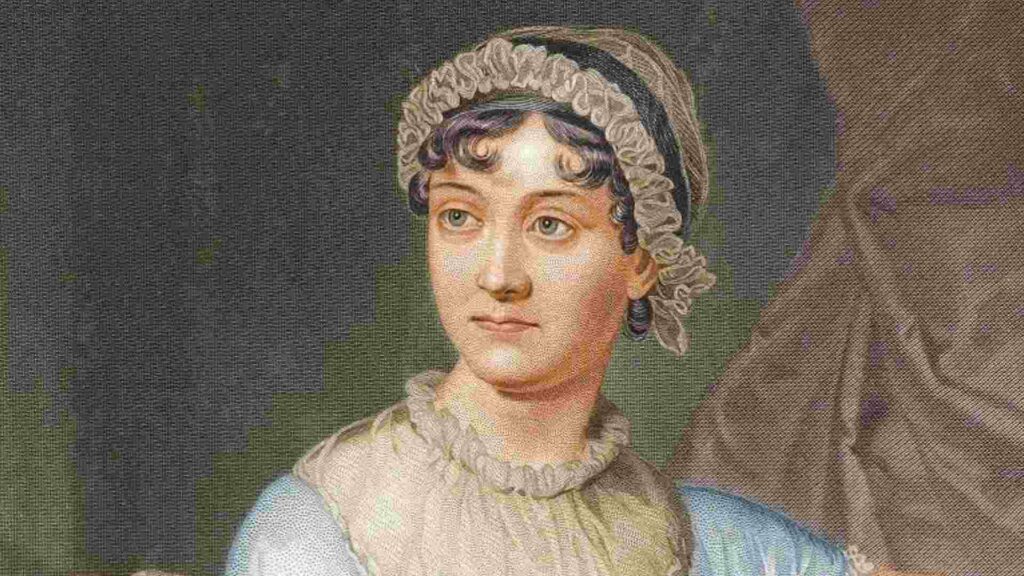Recently, an article in The Guardian highlighted a proposal for a statue of Jane Austen to be erected near her burial place next to Winchester Cathedral. This initiative has sparked debate, shedding light on broader issues surrounding how we honour artistic versus military achievements. While society frequently commemorates war generals with grand statues, artists and authors like Austen often receive less recognition.

The Significance of Jane Austen
Jane Austen, a literary genius, has made enduring contributions to English literature. Her keen social observations, nuanced characters, and witty prose have influenced countless readers and writers. Erecting a statue in her honour would not only celebrate her literary achievements but also acknowledge the vital role of the arts in cultural and intellectual life.
The Problem with War Statues
In contrast, statues of military figures, especially those from the First World War, are abundant. These generals, often lauded for their strategic prowess, sometimes employed outdated tactics leading to catastrophic loss of life. The glorification of such figures can overshadow the brutality of war and the human cost involved. By erecting statues for these generals, society seems to prioritise military achievements over artistic and intellectual contributions.
The Disneyfication Debate
The Guardian article raises concerns about the potential “Disneyfication” of historical figures like Austen. “Disneyfication” refers to the process of transforming serious, historically significant figures or events into simplified, commercialised versions suitable for entertainment. This concept implies a shift from historical accuracy and depth to a sanitised, fairy-tale version that often glosses over complex or unpleasant realities.
In the context of Jane Austen’s statue, “Disneyfication” suggests that her legacy could be reduced to a superficial attraction, potentially undermining her literary contributions. It also implies a broader critique of how commercialization can trivialise cultural and historical significance. Disney, as a conglomerate, epitomises this trend by turning historical narratives into feel-good stories, sometimes neglecting the more challenging aspects of those histories.
Amusement vs. Historical Significance
Amusement parks, typically designed for entertainment, often prioritise engaging, whimsical experiences over educating visitors about significant historical events. This approach can lead to a distorted understanding of history, where the focus is on entertainment value rather than educational merit. The fear is that placing a statue of Jane Austen in a highly commercialised setting might detract from the serious appreciation of her work and its historical context.
A Call to Action
This debate invites us to reconsider how we honour our heroes. Shouldn’t we celebrate those who contribute to our cultural and intellectual heritage as much as, if not more than, those associated with war? Recognizing figures like Jane Austen through statues and other honours can inspire future generations to value creativity, intellect, and the arts.
Conclusion
The proposal for Jane Austen’s statue near Winchester Cathedral presents an opportunity to challenge the status quo. It encourages a broader discussion about who we choose to commemorate and why. By elevating artists and authors to the same level of recognition as military figures, we can foster a society that values peace, creativity, and intellectual achievement.
Tying this back into the Butterfly Dynasty and the stories we choose to share about empowered women, it begs the question of how many more heroes remain unheard. Are statues a relevant way to commemorate historical figures? Do these monuments serve as warnings against war crimes or as odes to the triumph of war? More importantly, we need to raise awareness for quieter forms of resistance, inner battles, and societal triumphs that deserve exposure. Recognizing such achievements can inspire a more inclusive and nuanced understanding of our history and culture.
Follow us on Social Media for more thought provoking debates.
